With Infrastructure Center Stage, Remind Congress to Fix Our National Parks
Repair list for trails, roads, visitor centers, and more totals billions of dollars
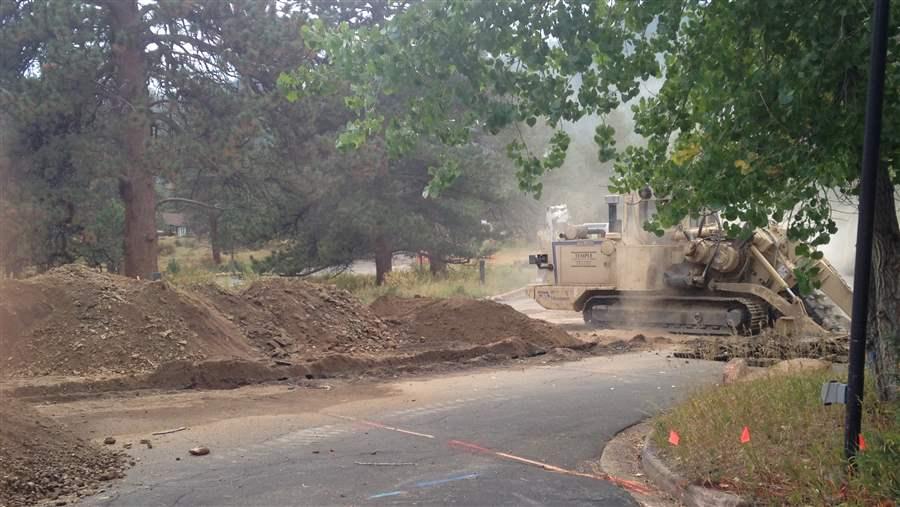
This waterline repair project at Rocky Mountain National Park’s visitor center was completed this year, but the National Park Service still has a maintenance backlog totaling nearly $12 billion (NPS 2015 data).
© The Pew Charitable Trusts
It’s a safe bet that most Americans aren’t aware that this is Infrastructure Week 2017. But many people are acutely conscious of the need to repair and update our country’s roads, bridges, tunnels, and other public structures.
That need extends to our National Park System, which has a backlog of repairs approaching $12 billion and must be part of the infrastructure conversation.
The National Park Service (NPS) is turning 101 this year, and at many of the agency’s 400-plus sites that age is showing. From roads, bridges, and restrooms to trails, historical houses, and sewage and electrical systems, the infrastructure in too many parks is broken, deteriorating, or out of date.
Visitors deserve safe, working facilities that provide access to the recreational and historical resources within our parks. In 2016, the NPS welcomed a record 331 million visitors, some of whom encountered closed historical buildings and trails, potholes, outdated campgrounds and visitor centers, and out-of-service restrooms.
As the administration and Congress discuss a national infrastructure proposal, it’s critical that they recognize and act on the need to invest in the restoration of our national parks. This makes sense for the preservation of our nation’s history, the vitality of local communities that depend on park tourism, and the creation of jobs. Here are some specific projects at our national parks that could benefit.
Great Basin National Park, Nevada
$17 million in deferred maintenance
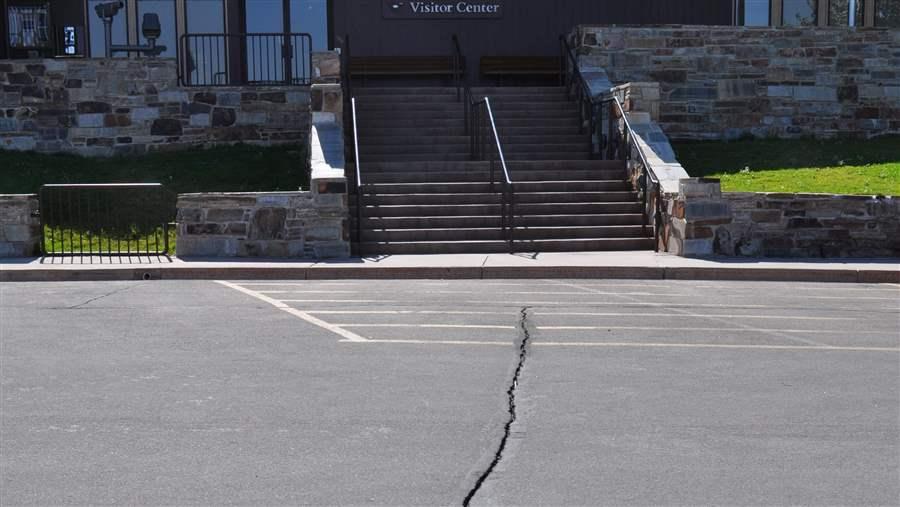
The fix-it list at Nevada’s Great Basin National Park totals $17 million, including repairs and updates to Lehman Caves Visitor Center’s fire alarm and audiovisual, water, and electrical systems. Paved roads and parking lots at the park account for more than $8 million of the backlogged repairs.
© National Park Service
Theodore Roosevelt Birthplace National Historic Site, New York
$6.4 million in deferred maintenance
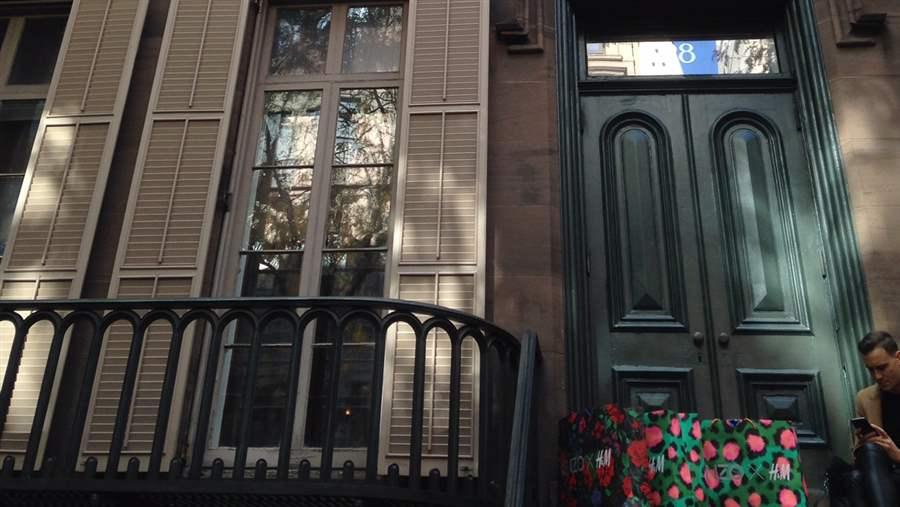
The outside of Teddy Roosevelt’s boyhood home is grand, but inside a multimillion-dollar heating, ventilation, and air conditioning system is among its many deferred maintenance issues. The home needs a modern and functioning climate-control system to protect the many historical artifacts. Also in need of updating is the property’s cloth-insulated electrical wiring, which poses a fire hazard.
© The Pew Charitable TrustsSleeping Bear Dunes National Park, Michigan
$20 million in deferred maintenance
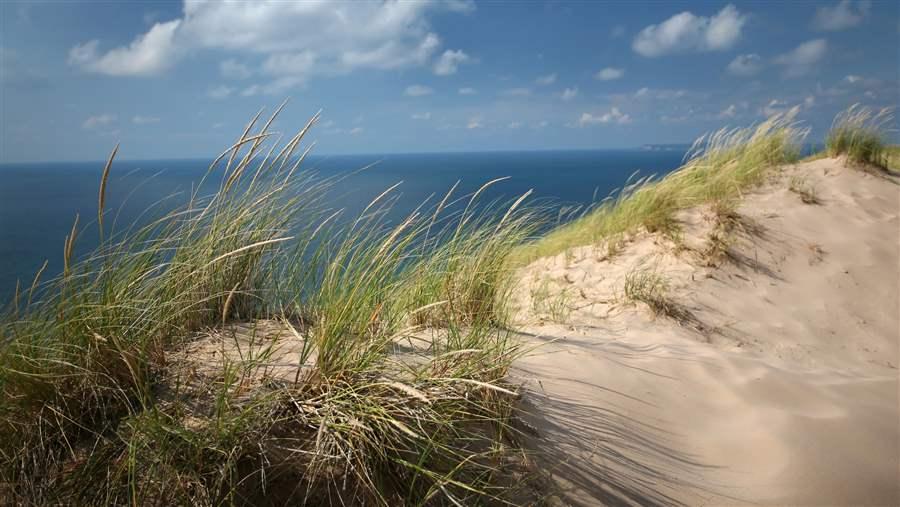
Sweeping vistas and scenic shorelines draw visitors to Sleeping Bear Dunes National Park, but once they arrive many people find areas requiring attention. These include ferry docks—in Leland and on South Manitou Island—that need $350,000 in repairs and campgrounds with deferred maintenance issues totaling another $2 million. Worn roads in the park require $5 million in overdue maintenance.
© iStock
Grand Canyon National Park, Arizona
$372 million in deferred maintenance
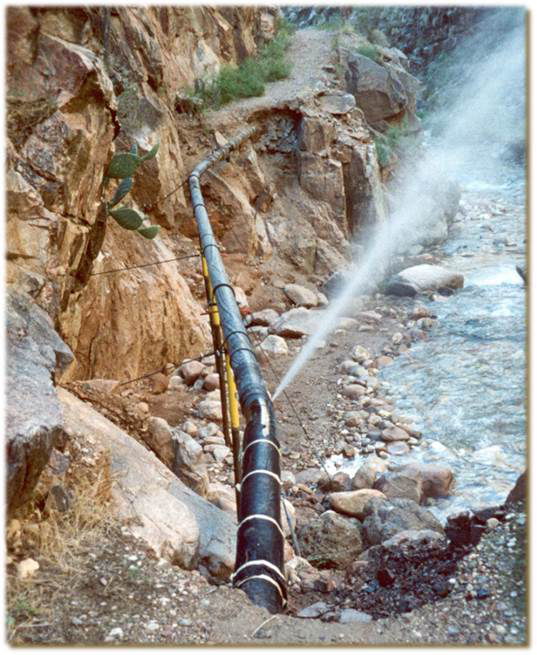
The Grand Canyon Transcanyon Pipeline, which moves drinking water from the north rim to the south rim of the vast national park, faces costly and complicated repairs each year. Updating the aging, 16-mile aluminum pipeline will cost more than $150 million due to the difficulty of reaching certain sections. In some cases, technicians must repel from helicopters to fix a stretch of the worn or breeched pipe.
© National Park Service
So, while you probably don’t have any celebrations planned for Infrastructure Week, take a moment to ask your elected officials to #FixOurParks. The investment will help ensure the preservation of our country’s natural, cultural, and historical heritage for generations to come.
Marcia Argust directs The Pew Charitable Trusts’ campaign to restore America’s parks.







